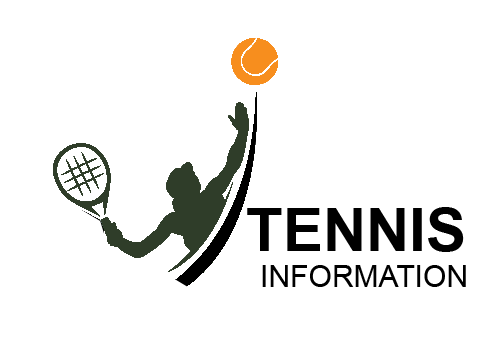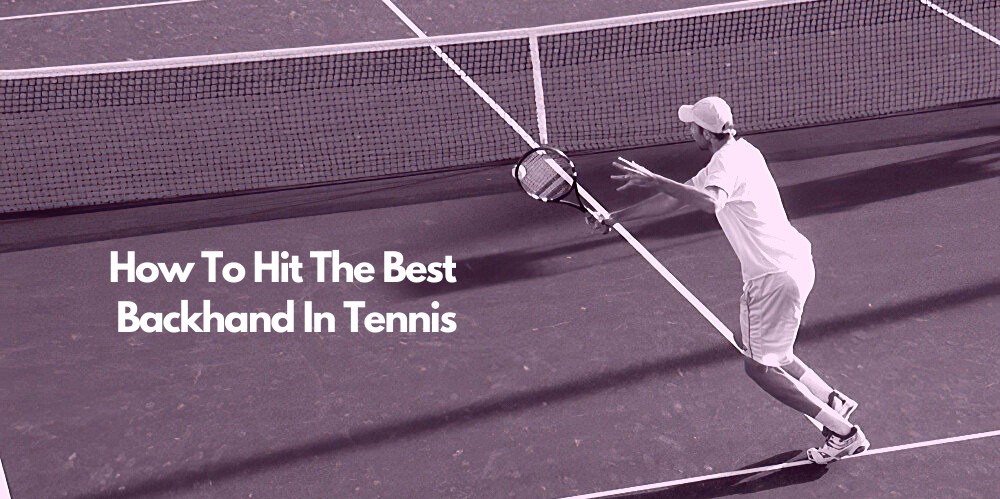A backhand hit is either performed single-handed and two-handed. It is entirely up to the player whether they wish to play two-handed. For faster returns, a two-handed technique offers better protection from the speed of the opponent’s hit while still offering the ability to return the shot powerfully.
Grip Comes First: One-handed or Two-handed
The first step is the grip. It is either two-handed with either the dominant hand placed first (or last) or one-handed. Whichever feels comfortable is usually right for the player. Once the ball is within reach, spread the legs for a wider stance, and rotate the shoulders so that the arm and racket move together in a single motion.
It’s All in the Shoulder
The player must be side on to the ball with their shoulder aiming down the line towards the net. The shoulder that’s the dominant one faces the net. The weight distribution must be on the back foot before winding up to use the backhand. The knees are also bent a little, and the racket starts that the 2’O clock position ready. The weight slowly moves from the back foot to the front foot as the shot it was taken.
Relaxation is Key
Some players grip their tennis racket like their life depends on it. The reality is that often causes a forced error, sending the tennis ball in the wrong direction. The racket head is commonly below the level of the ball initially, to reduce the amount of pressure on the wrist. It is lifted up as the ball comes near and then brought down in a sweeping motion to create sufficient speed to hit the ball, sending it powerfully back over the net.
Top Spin
Depending on the angle of the racket and the speed it is brought down, topspin may be added to deliver extra forward bounce to the ball. While doing this, grip firmly without strangling the grip tape in the process. Obviously, you don’t want to drop the racket, but you also don’t want the grip to be too stiff either.
Slicing for Extra Points
The process of slicing a backhand shot creates a new difficulty for the opponent. They may not see the player performing the slice in time to run forward to return the shallow ball. The sliced backhand loops somewhat in the air, falling short of where the opponent often expects and then it typically moves back towards the net again. This increases the difficulty in reaching the ball in time and returning it well.
Final Points
Returning a backhand powerfully and well is all about it feeling right in the moment. The racket needs to feel comfortable in hand. The weight and its distribution must be suited to the strength of the player to get the best out of the racket. Incorporating top spin or slices to some backhand shots is also important to surprise the opponent, keeping them on their toes, quite literally, making it harder to reach the ball in time.
An effective backhand can be equally as good as a smash from a forehand shot. In many ways, the best backhand in tennis has a greater variety than a forehand shot which comes into play with experienced players who know how to mix it up to create surprises.




